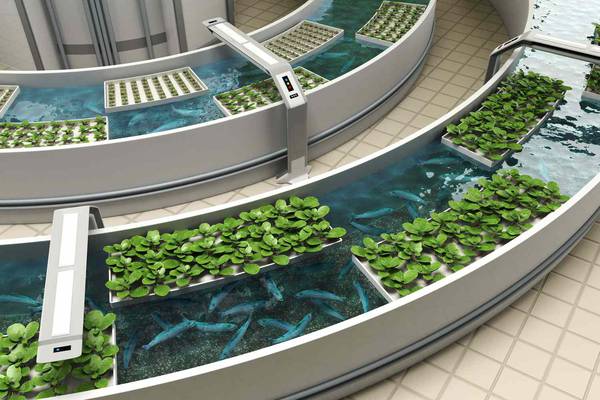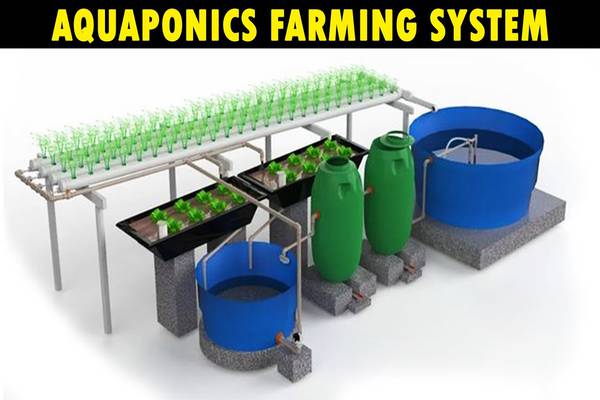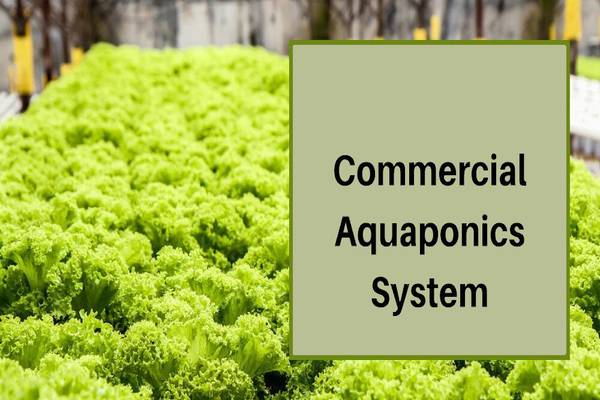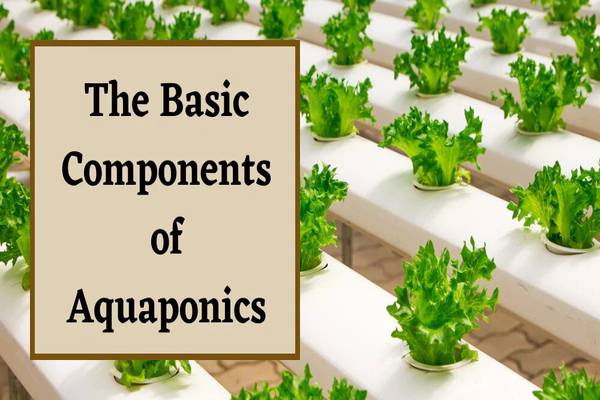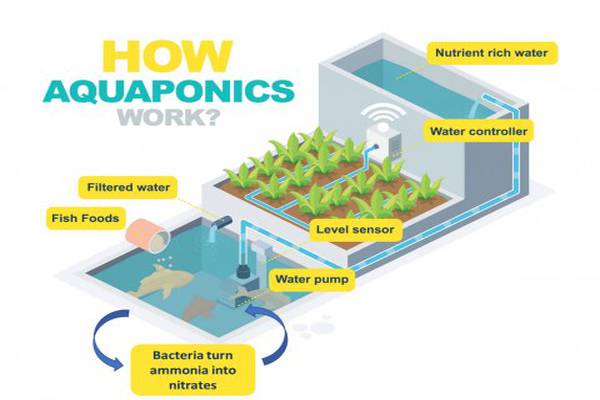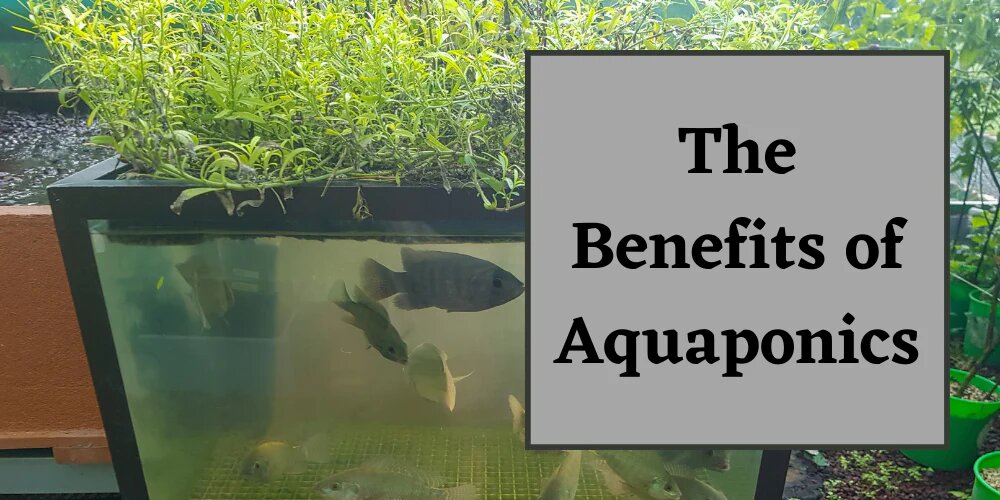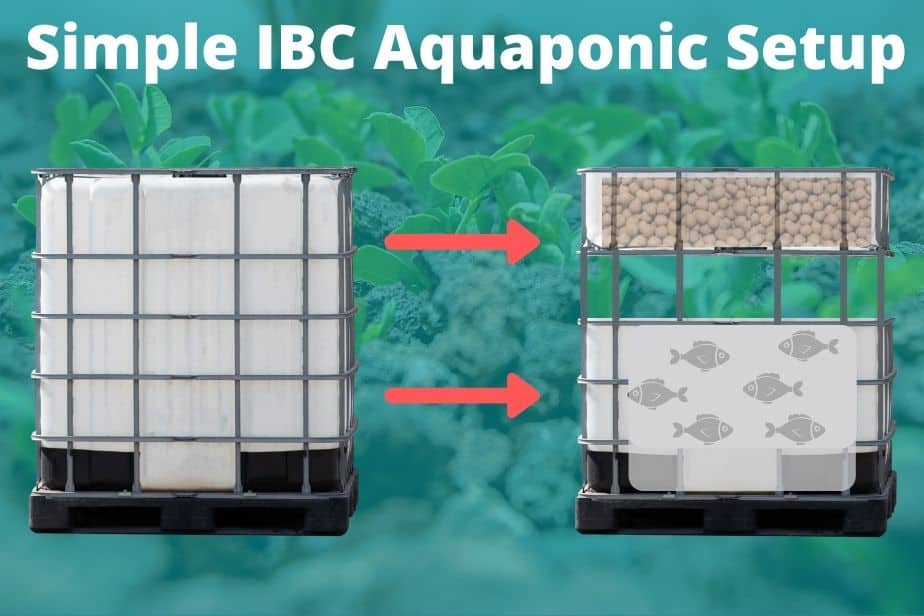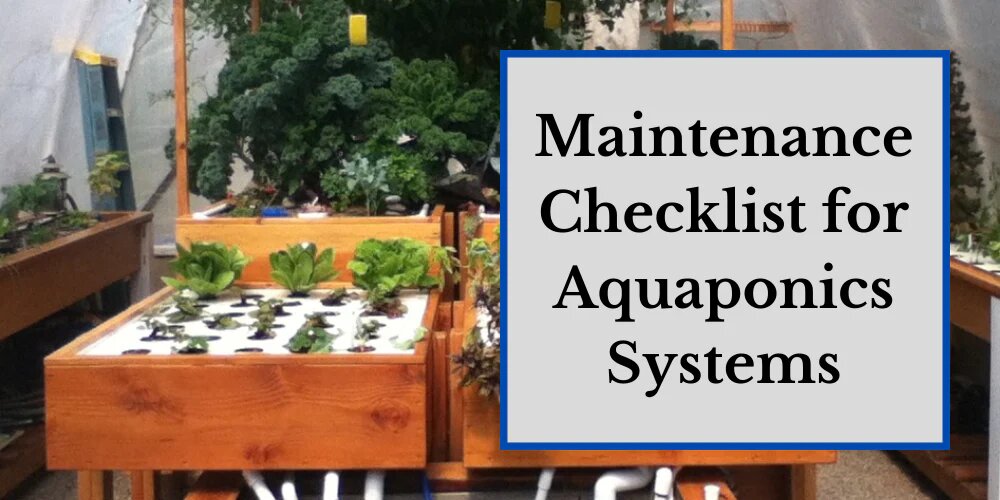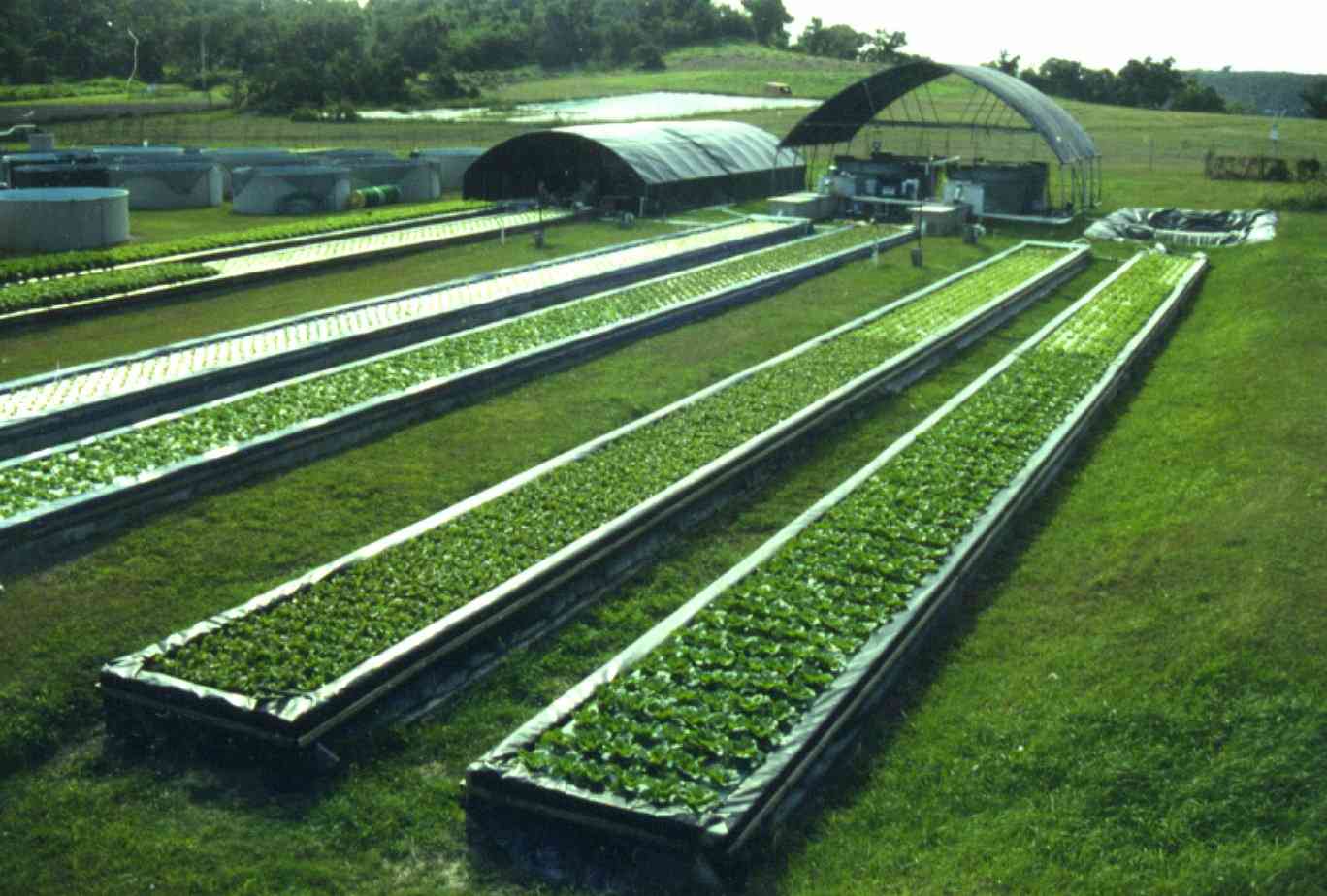Aquaponics: A Sustainable Fusion Of Aquaculture And Hydroponics
Drafted by: vijaychourey26@gmail.com
Innovations in agriculture have led to the development of various sustainable farming methods, and one of the most fascinating among them is aquaponics. Aquaponics is a groundbreaking approach that combines aquaculture and hydroponics to create a synergistic ecosystem where fish and plants thrive together. This article delves into the intricacies of aquaponics, its benefits, and how it revolutionizes modern farming practices.
Understanding Aquaponics
What is Aquaponics?
Aquaponics is an innovative agricultural method that combines aquaculture, the farming of aquatic animals like fish, with hydroponics, the cultivation of plants in nutrient-rich water. This mutually beneficial system creates a symbiotic relationship where fish waste provides nutrients for plant growth, and plants filter and purify the water for the fish.
Commercial Applications
Urban Farming
Aquaponics holds immense potential for urban farming, enabling the production of fresh food within city limits and reducing food miles.
Educational Initiatives
Aquaponics serves as an educational tool, teaching students about biology, ecology, and sustainable agriculture through hands-on experience.
Community Engagement
Community-based aquaponic projects promote local food production, foster social connections, and enhance food security within neighborhoods.
The Components Of Aquaponics & Aquaponic System
The Fish Component: Fish, such as tilapia, trout, or catfish, are raised in a controlled environment.
The Plant Component: Plants, such as herbs, lettuce, and tomatoes, are cultivated in grow beds or channels.
The Beneficial Bacteria: Naturally occurring bacteria convert fish waste into nutrients that plants can abs
Aquaponic System:
The Fish Component
Fish play a crucial role in aquaponics. As they eat and produce waste, ammonia-rich excretions are released into the water.
The Plant Component
Plants thrive on the nutrients derived from fish waste. Their roots dangle in the nutrient-rich water, absorbing essential nutrients and effectively purifying the water for the fish.
The Beneficial Bacteria
Beneficial bacteria, primarily Nitrosomonas and Nitrobacter, break down fish waste into nitrites and nitrates through the nitrogen cycle. These compounds serve as vital nutrients for plant growth.
How Aquaponics Works
The Nitrogen Cycle
The nitrogen cycle is at the core of aquaponics. Fish waste releases ammonia, which is converted into nitrites by Nitrosomonas bacteria. Nitrites are further transformed into nitrates by Nitrobacter bacteria, providing nutrients for plants.
The Role of Fish
Fish not only produce waste but also release carbon dioxide through respiration. This CO2-rich environment benefits the plants during photosynthesis.
Nutrient Absorption by Plants
Plants absorb the nutrients through their roots, effectively removing harmful substances from the water. This continuous nutrient uptake supports healthy plant growth.
Advantages Of Aquaponics
Resource Efficiency
Aquaponics maximizes resource utilization by recycling water and nutrients. It requires up to 90% less water compared to traditional soil farming.
Reduced Environmental Impact
The closed-loop system minimizes the need for synthetic fertilizers and eliminates soil runoff, reducing the risk of water pollution.
Year-Round Cultivation
Aquaponics allows year-round cultivation regardless of weather conditions, providing a consistent supply of fresh produce.
Setting Up An Aquaponic System
Choosing the Right Fish
Selecting fish that are well-suited to the local environment and water conditions is crucial for a successful aquaponic system.
Selecting Appropriate Plants
Leafy greens, herbs, and fruiting plants like tomatoes are ideal choices for aquaponics due to their nutrient requirements and compatibility with the system.
Designing the System Layout
The system layout should optimize space, water flow, and accessibility for maintenance. Grow beds, fish tanks, and plumbing must be strategically arranged.
Challenges And Troubleshooting & Maintenance And Care
Challenges and Troubleshooting:
Balancing the Ecosystem
Maintaining the delicate balance between fish, plants, and bacteria requires careful monitoring and adjustments to avoid nutrient imbalances.
Dealing with Pest Issues
Implementing natural pest control methods, such as introducing beneficial insects, helps manage pests without chemical intervention.
Preventing Diseases
Strict hygiene and quarantine measures for new fish and plants are essential to prevent the spread of diseases within the system.
Maintenance and Care:
Monitoring Water Parameters
Regularly testing water pH, ammonia, nitrite, and nitrate levels ensures a balanced and healthy ecosystem for both fish and plants.
Feeding and Nutrition
Proper fish feeding practices ensure optimal growth and waste production, providing the necessary nutrients for plant development.
Pruning and Harvesting
Pruning and harvesting plants prevent overcrowding, allowing remaining plants to receive adequate nutrients and light for sustained growth.
Aquaponics Vs. Traditional Farming & Future Prospects
Aquaponics vs. Traditional Farming:
Water Conservation
Aquaponics uses a fraction of the water required for traditional soil farming, making it an efficient choice, especially in water-scarce areas.
Chemical Usage
Traditional farming often relies on synthetic pesticides and fertilizers, while aquaponics largely eliminates the need for these chemicals.
Space Utilization
Aquaponics can be set up vertically or in limited spaces, allowing urban farmers to make the most of available areas.
Future Prospects
Future Prospects:
Technological Innovations
Advancements in automation, water management, and monitoring systems are likely to make aquaponics even more efficient and accessible.
Increased Adoption
As awareness of the benefits of aquaponics grows, more individuals and communities are expected to adopt this sustainable farming method.
Potential Impact on Food Security
Aquaponics has the potential to contribute to global food security by providing a reliable source of fresh produce, particularly in areas with limited arable land.
